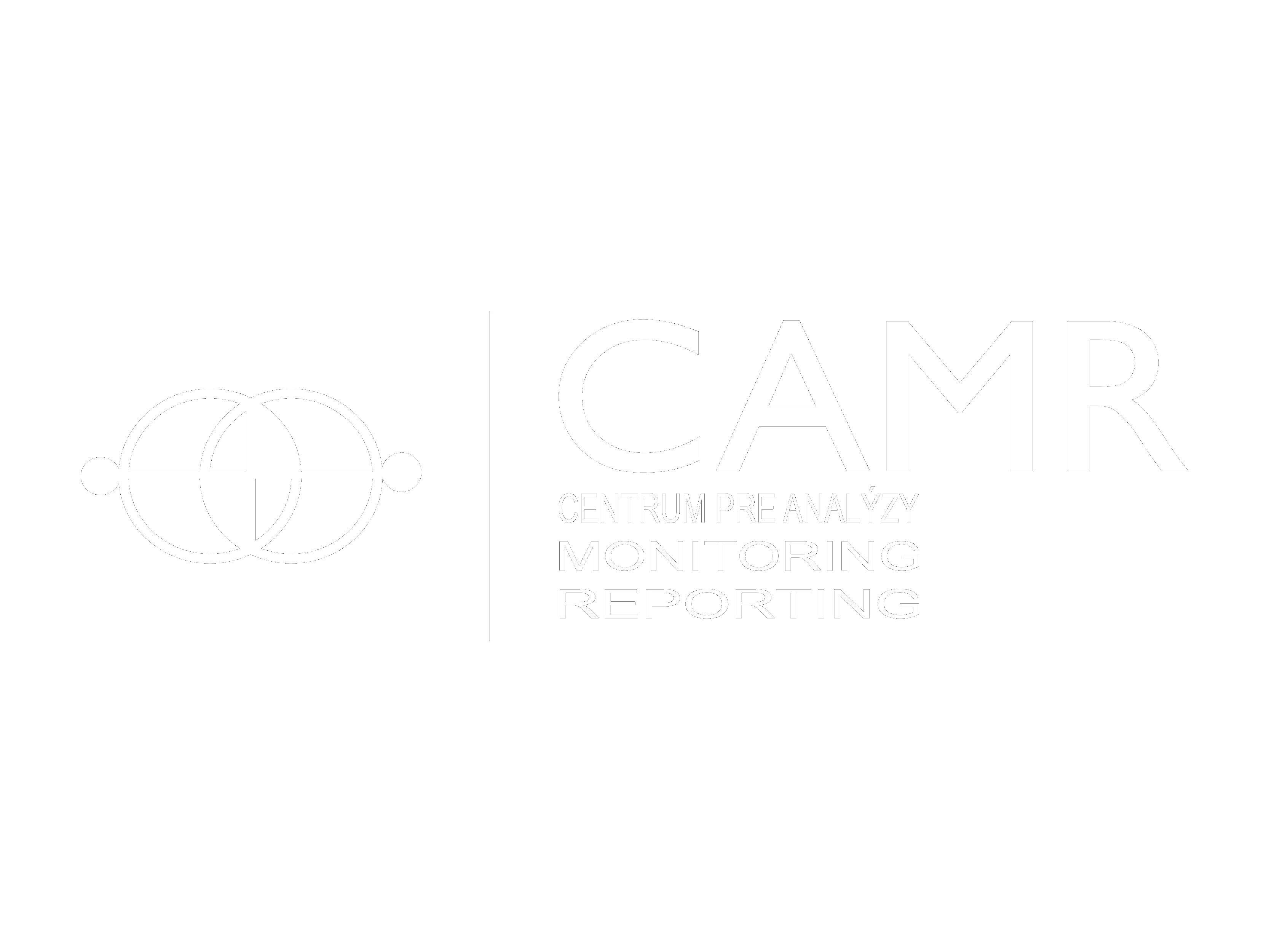COVID-19 Influenced Global Education Crisis
The COVID-19 pandemic has created the largest disruption of education systems in history, affecting nearly 1.6 billion learners in more than 190 countries and all continents (United Nations, 2020).
The number of children, young people and adults not attending schools or universities due to the COVID-19 outbreak is growing rapidly. So, Governments around the world have decided to close educational institutions in an effort to contain the global COVID-19 pandemic. Closures of schools and other learning spaces have impacted 94 per cent of the world’s student population. As a result, nearly one billion students worldwide have been forced to stay at home for varying periods of time (Kaliope Azzi-Huck, 2020). By the end of March, school closures had been implemented to some extent in all 46 countries covered by Education at a Glance, but to different degrees: 41 countries closed schools across the country while 5 (Australia, Iceland, the Russian Federation, Sweden and the United States) closed them at a subnational or local level (Schleicher, 2020). China is one of those countries where education has continued regardless of school closures and has been delivered via the Internet and distance learning. Other countries and their training systems were less prepared. While school closures appear to be a logical solution to social distancing within communities, for most households, access to technology varies, and access to high-speed Internet or smartphones is linked to the material capabilities of households, even in middle-income countries (Worldbank, 2020).
Some students have fewer opportunities to study at home, and their discontinuation can be an economic burden for parents, who may face difficulties such as: looking after children for long periods of time, homeschooling, or even providing them with adequate food in the absence of school meals. It should also be noted that a long period of discontinuance that separates learners from the teaching and learning process carries with it potential costs in the form of losses in learning outcomes. Even more significant costs arise when students in a disadvantaged position (lagging behind in school or experiencing socio-economic difficulties) are separated from school, who may not cope with learning in the context of a distance learning strategy. Perhaps most importantly, the crisis has exposed the value proposition of universities. Students are unlikely to commit large amounts of time and money to consume online content. Moreover,сommunication between people plays a global role in education, going to universities to meet new people, have inspiring conversations with faculty members, collaborate with researchers in the laboratory and experience the social life on campus. To remain relevant, universities will need to reinvent learning environments so that digitalisation expands and complements, but does not replace, student-teacher and student-student relationships. This can lead to a loss of human capital and a reduction in economic opportunities (Azzi-Huck, 2020; Worldbank, 2020; Schleicher, 2020).
On the other hand, education can help protect children and young people, help them cope with the crisis and maintain some normal life, and recover faster through the acquisition of some useful new skills (such as distance learning skills and deeper digital mastery). Furthermore, countries used a variety of resources to support students’ learning while they were unable to come to school, including instructional packages (textbooks, worksheets and printouts), radio education, educational television and online instructional resources. Countries usually used several tools in order to reach the largest proportion of students possible. However, the challenges do not end with the immediate crisis, as public funds are directed to health and social welfare, long-term public spending on education is at risk. In particular, spending on education may be compromised in the coming years (Schleicher, 2020).
The lesson to be learned during the COVID-19 period is similar to the one we’ve seen during previous pandemics – preparedness is critical. While there are different scenarios, some suggest that COVID-19 will spread in waves, which means that the process of dealing with it must be cyclical. A Cyclical Approach to education in emergencies is => to prepare=> to cope => to recover. While this crisis has deeply disruptive implications, including for education, it does not have predetermined outcomes. It will be the nature of our collective and systemic responses to these disruptions that will determine how we are affected by them. Countries that are not yet affected by this issue should start “preparing” by developing a response plan. This will make it easier to „overcome“ after the onset of the crisis and minimize its negative consequences (Azzi-Huck, 2020).
To sum up, the current crisis has tested our ability to deal with large-scale disruptions. It is now up to us to build as its legacy a more resilient society.
Photo Source: IESALC. 13.04.2020. Iesalc Report Analyzes The Impacts Of #Covid19 And Offers Recommendations To Governments And Institutions Of Higher Education. Link: http://www.iesalc.unesco.org/en/2020/04/13/iesalc-calls-on-states-to-ensure-the-right-to-higher-education-and-equal-opportunities-in-the-face-of-covid-19/
References:
1. Azzi-Huck, K. (2020). Managing the Impact of COVID-19 on Education Systems Around the World: How Different Countries Are Coping, How They Prepare and Plan for Recovery. Worldbank.org. 20.10.2020. Link: https://blogs.worldbank.org/ru/education/managing-impact-covid-19-education-systems-around-world-how-countries-are-preparing
- Worldbank. (2020). Education Systems Response Guide to COVID-19. 20.10.2020. Link: http://documents1.worldbank.org/curated/en/706841586781413687/Guidance-Note-on-Education-Systems-Response-to-COVID19.pdf
- United Nations. (2020). Policy Brief: Education During Covid-19 And Beyond. 20.10.2020. Link: https://www.un.org/development/desa/dspd/wp-content/uploads/sites/22/2020/08/sg_policy_brief_covid-19_and_education_august_2020.pdf
- Schleicher, A. (2020). The Impact Of Covid-19 On Education. Link: https://www.oecd.org/education/the-impact-of-covid-19-on-education-insights-education-at-a-glance-2020.pdf



















